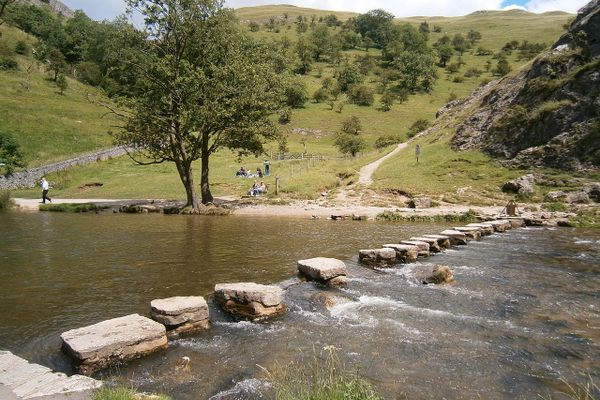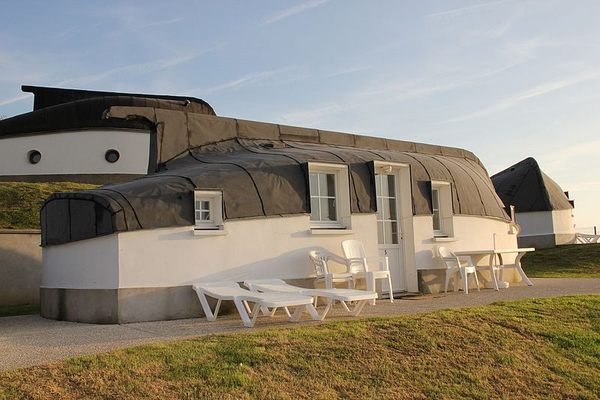Charles Cotton's Fishing House
This small building nestled along the Dove River is seen by some as the birthplace of angling as a sport.
This entry is a stub
This building is a 17th century “fishing house,” one that was featured in perhaps the most famous book on fishing ever written, Izaak Walton’s The Compleat Angler. The house is located on the western bank of a loop in the River Dove, in Beresford Dale, Derbyshire, England. It’s just under a mile away from the village of Hartington.
This small single-story building was designed as a shelter for bad weather on the river, and a convenient place for a respite from a long day of fishing. The roof is composed of stone crafted in the shape of a pyramid. At the entrance, three steps lead to a central double leaved door. The keystone above the door is inscribed with the intertwined initials, I.W. C.C.
One of those initials belonged to Charles Cotton, who constructed the fishing house in 1674 not far from his residence at Beresford Hall. The other initials refer to Walton, who regularly fished with Cotton at the location. Cotton wrote the section on fly-fishing in The Compleat Angler in 1676, in which the fishing house is featured along with a description of the building.
This small house is also known as “The Temple” because it was Cotton’s personal fishing haven. The house does stand on private land, but can be seen through the trees across the river from the footpath.
Before his involvement with Walton, Cotton had been well known as a writer of rather raunchy poetry. He also wrote a popular book, The Compleat Gamester, on the subject of games involving gambling. However, given his three main interests in life: somewhat risqué writing, fishing, and gambling it should come as no surprise that later in life Cotton had serious financial difficulties. Those troubles forced him to sell Beresford Hall in 1681, and by 1687, Cotton had died with little left to his name aside from his writings.















Follow us on Twitter to get the latest on the world's hidden wonders.
Like us on Facebook to get the latest on the world's hidden wonders.
Follow us on Twitter Like us on Facebook